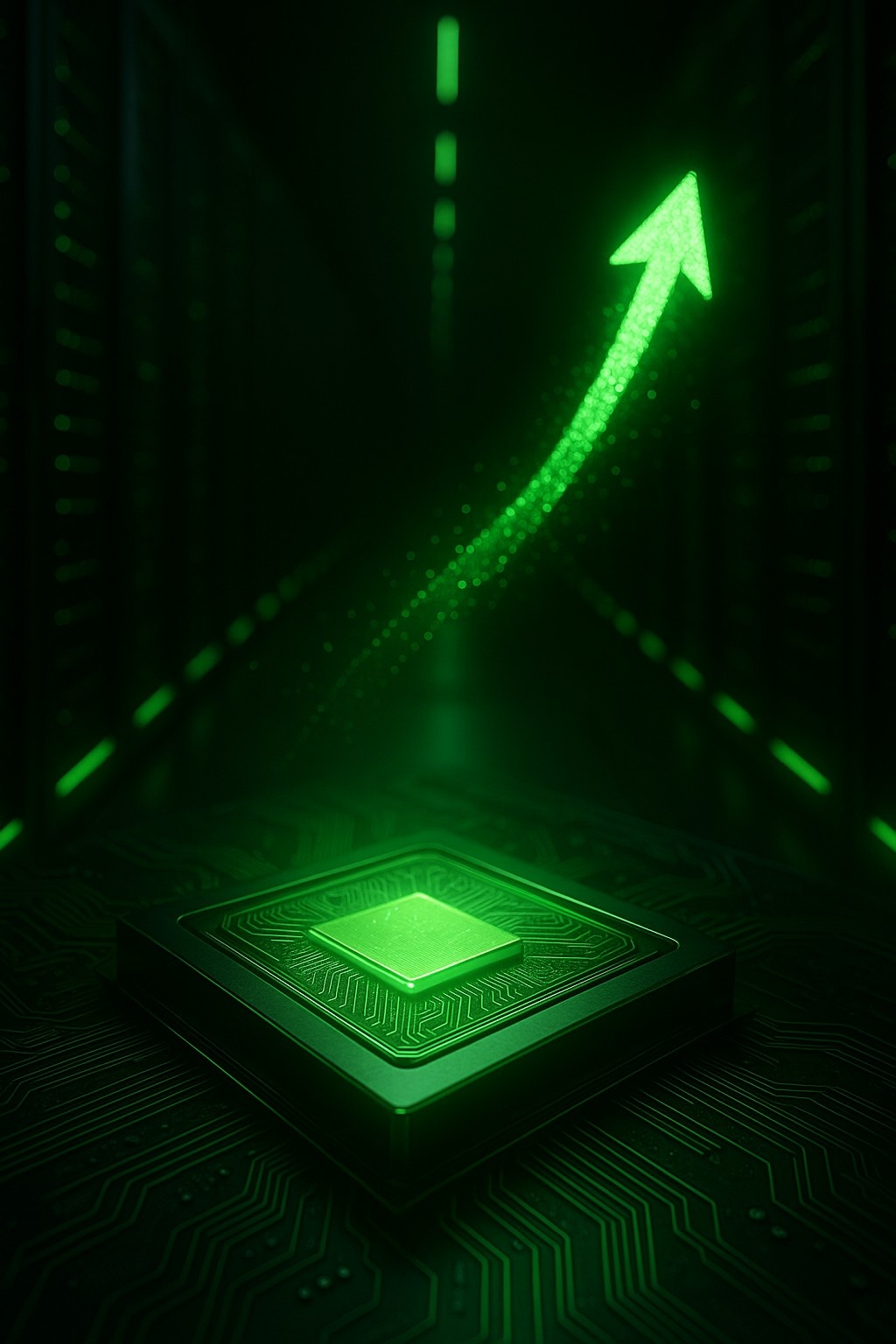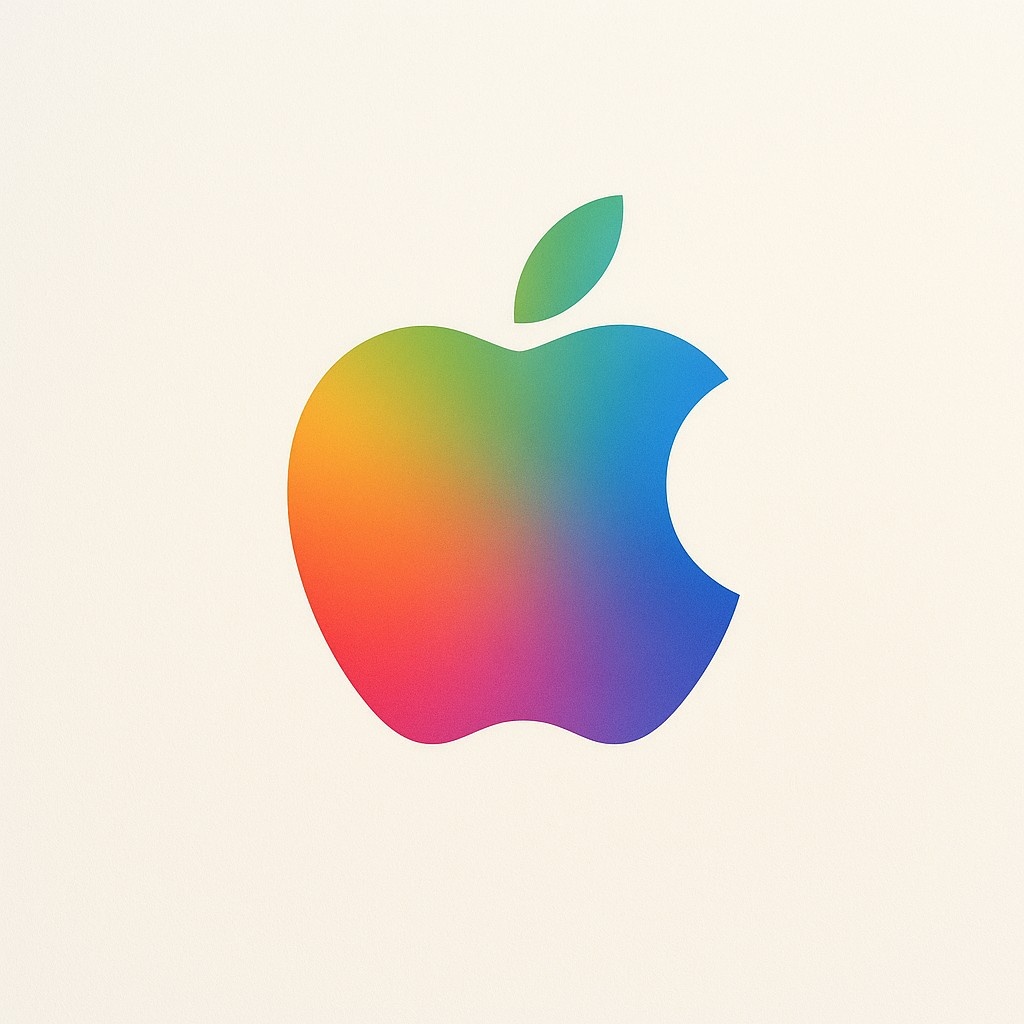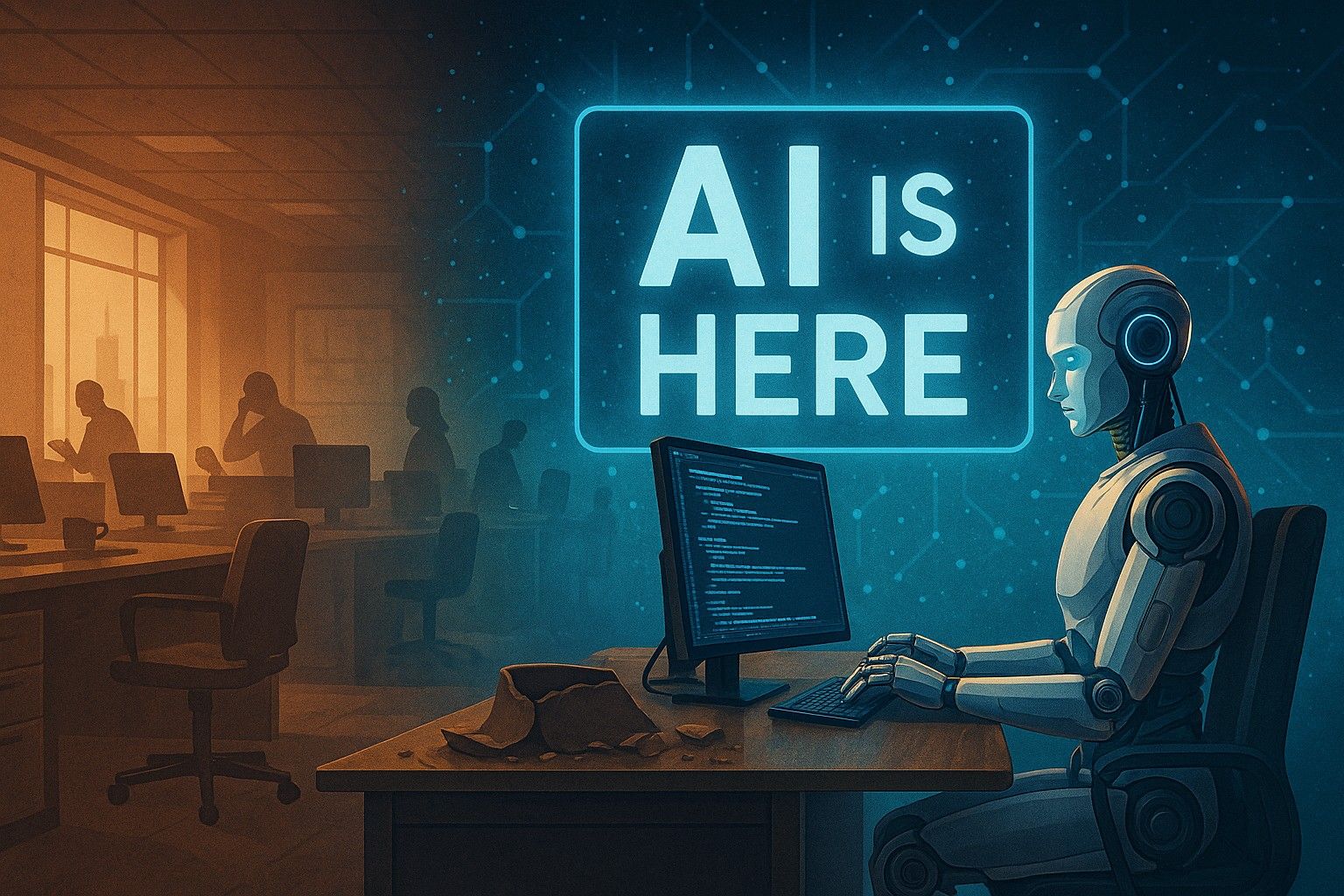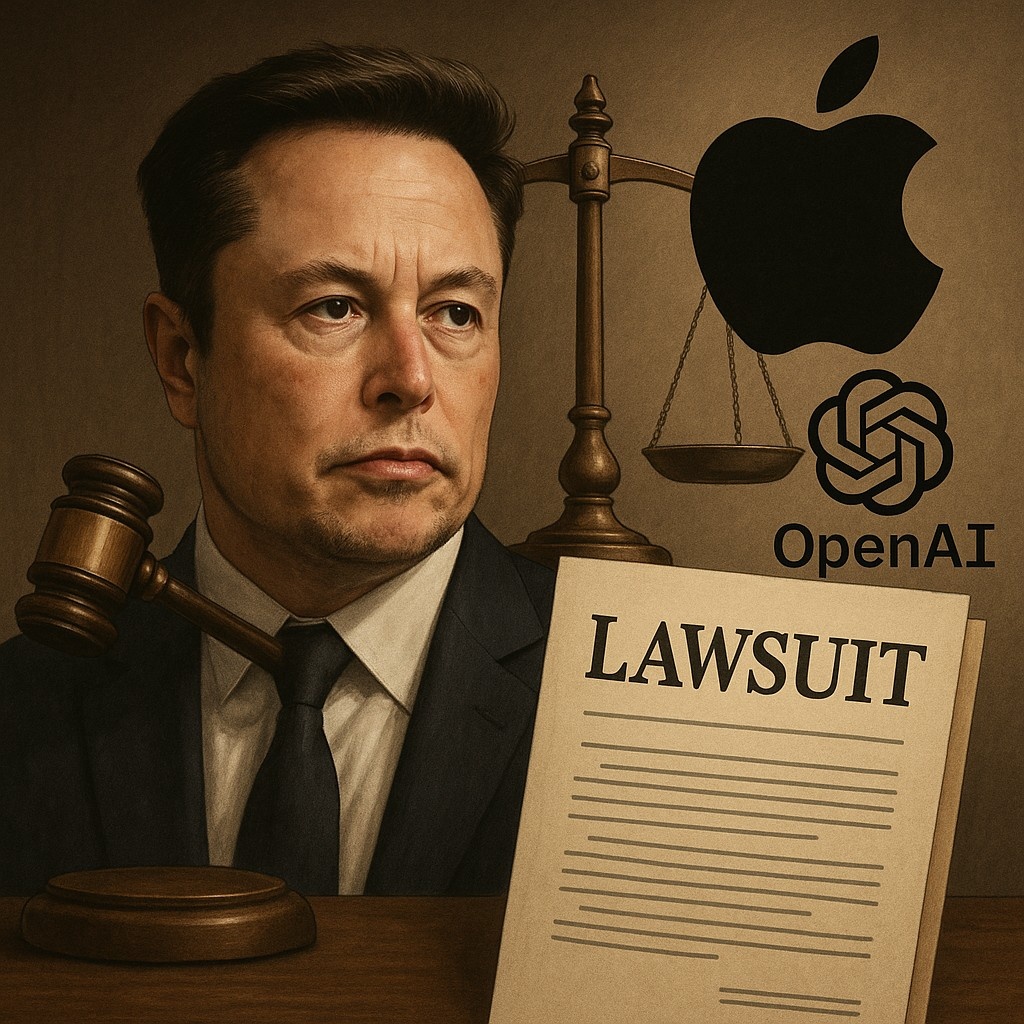Nvidia Posts Record $46.7 Billion Revenue
AI Chip Demand Skyrockets, Solidifying the Company's Dominance
Nvidia, the American chipmaking giant that has become the face of the global AI revolution, has once again broken records. In its latest earnings report, the company revealed an astonishing $46.7 billion in revenue for the quarter—its highest ever. This marks a 56% year-on-year jump, driven almost entirely by overwhelming demand for its AI GPUs that power the world’s most advanced data centers.
The results show how Nvidia has transformed from a graphics card manufacturer for gamers into the backbone of the AI economy. As CEO Jensen Huang said during the announcement: “The AI race is on.” And Nvidia is supplying the “picks and shovels” that everyone—from tech giants to startups—needs to compete.
The AI Boom Translates to Big Business
The global AI boom is no longer just hype. With companies rushing to train large language models, expand cloud AI services, and develop generative AI tools, demand for Nvidia’s GPUs has skyrocketed. Data center revenue reached around $41 billion this quarter, accounting for nearly 90% of the company’s total sales. Roughly half of that came from hyperscalers like Microsoft, Meta, Amazon, and Google, who are investing billions to build AI infrastructure.
Nvidia also reported that a single unnamed customer outside China purchased $650 million worth of its H20 AI chips in just one quarter—proof of the company’s global pull.
The Blackwell Superchip: Staying Ahead
Beyond the numbers, Nvidia is racing to maintain its technological edge. The company confirmed that production of its next-generation Blackwell AI superchip is ramping up “at full speed.” Blackwell is designed to handle massive AI workloads with greater efficiency and lower power consumption. Given the competition from AMD and specialized AI chip startups, Nvidia knows that staying ahead is critical.
Investor Reaction & The China Challenge
Despite the blockbuster revenue, Nvidia’s stock fell about 2–3% in after-hours trading. Why? Investor expectations were sky-high, and the company issued a cautious forecast for the next quarter, which excluded potential sales to China. This cautious guidance spooked some investors who fear Nvidia’s growth could slow if geopolitical tensions worsen.
One of Nvidia’s biggest hurdles right now isn’t technical—it’s political. U.S. export controls on advanced chips have restricted Nvidia’s ability to sell its most powerful GPUs to China. While Nvidia is developing modified chips for this market, it remains an uncertain opportunity. Analysts now say that “diplomacy is Nvidia’s biggest bottleneck.”
The Bigger Picture: Opportunity and Risk
Nvidia’s record results illustrate both the extraordinary opportunities and the real risks facing the company.
Opportunities
- Unmatched leadership in AI GPUs.
- Explosive global demand from data centers.
- A roadmap of advanced chips like Blackwell.
- Expansion into new industries.
Risks
- Geopolitical tensions, especially with China.
- Concerns about overvaluation and AI hype cycles.
- Growing competition from rivals and in-house chips.
Conclusion: Still the King of AI Chips
Nvidia’s latest quarter proves it is not just part of the AI revolution—it is leading it. With $46.7 billion in revenue, surging data center sales, and unstoppable demand for its GPUs, the company remains the most critical supplier in the AI economy.
But the story isn’t without caution. The dip in share price, concerns over an AI bubble, and the uncertainty of U.S.–China relations show that Nvidia’s journey will not be smooth. For now, though, Jensen Huang and his team can celebrate. Nvidia is riding a once-in-a-generation wave of technological change, and the world is still buying more shovels for the AI gold rush.















